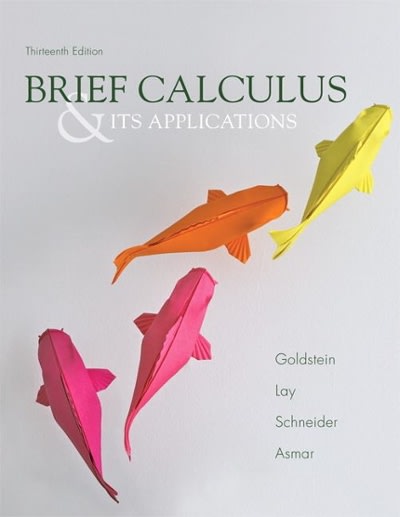Could someone please check my work
Let f: D - R and f: D - R , and let e be an accumulation point of D . Please state all definitions and theorems that you will need: If lim fix) = L, lim g(x) = M , and & E R , then Theorem 4.2.1 Suppose that (s, ) and (. ) are convergent sequences with lim s, - s and lim , = (. Then 1. lim (fg) (x) = LM , (a ) lim (3. + ( , ) -3+ 1 Let (sm ) be a sequence in D that converges to c with each s,, # c . By Theorem 5.1.8, we have (0 ) lim (4 . s ) - ks and lim ( * + s , ) - k+ s , for any KER lim (sn ) = L and lim 8(5, ) = M, (C) lim (8, " ( ) = st and it suffices to show that lim (f . g) (s, ) = L . M . Now from definition 5.1.12 and theorem (d ) lim - ;, provided that (, *0 for all n and : # 0 4.2.1 we obtain lim (8) (sn) = lim [(s,) 8(s. ) ] Theorem 5.1.8 = lim (sn ) . lim g(5, ) Let f: D - R and let c be an accumulation point of D . Then lim f(x) = L iff for every sequence = L . M (sm ) in D that converges to c with s, # c for all n, the sequence ((s, ) ) converges to L. 2. lim (kn)(x) = kL . Definition 5.1.12 x - c Let f: D - R and g: D - R . We define the sum f + g and the product fg to be the functions from D to R given by Let ($7 ) be a sequence in D that converges to c with each s,, # c . By Theorem 5.1.8, we have (f+ 8)(x) = Rx) + 8(x) and (fg)(x) = f(x) . g(x) for all x E D . If k E R , then the multiple kf: D - R is the function defined by lim (S , ) = L , ( kf)(x) = k . f(x) for all x ED . and it suffices to show that lim (k . D)(s, ) = k . L . Now from definition 5.1.12 and theorem If g(x) # 0 for all x E D , then the quotient - : D - R is the function defined by 4.2.1 we obtain 8 (x) for all x ED . lim (k . D(s, ) = k - lim A(sn) = k . L Finish the proof of Theorem 5.1.13. 3. Furthermore, if g(x) # 0 for all x E D and M # 0 , then lim ( )() = 1- Suppose g(sn ) # 0 for all s,, E D and all n E N and suppose M # 0 . Let (S'n ) be a sequence in D that converges to c with each s, # c . By Theorem 5.1.8, we have lim (s, ) = [ and lim & (s, ) = M, and it suffices to show that lim ( ) (s.) - 17 . Now from definition 5.1.12 and theorem 4.2.1 we obtain lim () () - lim lim (s ) lim & ($ 7







